In Box
|
Romania Trip _2016
|
Romania_2015
|
Trip to Romania_2012
|
2014_highlights
|
Mahane Yehuda Market, Jerusalem, Israel
|
Athens Sights in 5 days
|
My Crayon Box
|
Storefronts
|
Have a seat!
|
Windows
|
Mezuzot
|
Doorways
|
Letting it all hang out
|
Balconies
|
Locks and Mailboxes
|
Clocks
|
Utility boxes
|
Fireplugs
|
Umbrellas
|
Looking Down
|
Fish, Birds, Cats, Dogs
|
Noses
|
Feet and Footwear
|
Hands
|
Flowers
|
Food
|
olive_oil_making
|
Food Markets
|
Tel Aviv Street scenes
|
Tel Aviv Rent Protest
|
Chihuly in Tel Aviv
|
Tel Aviv beaches
|
Tel Aviv Buildings
|
Tel Aviv sunsets and sunrises
|
Tel Aviv Parks, Gardens, Cemeteries & Zoo
|
Tel Aviv - Sarona
|
Scenes around Jaffa
|
Haifa
|
Akko (Acre)
|
Israel - The Galilee area
|
Masada
|
Israel - Qumran, Dead Sea, Negev and Eilat
|
Herodion National Park
|
Around Jerusalem
|
Travels - US, Europe, Costa Rica, China, Russia
|
Musicians and Dancers
|
People
|
People at Work
|
Round and Round
|
Wheels
|
Kid Mobiles and their Chauffeurs
|
Water
|
Wedding gowns
|
Holidays and Celebrations
|
Street Art and Signs
|
Statues
|
Petra
|
à - á Aleph - Bet
|
Remembering Dreamboat 1981-1994
|
Tamar and Hadas Brous Dancing
|
Pinat Teva - Nature Corner - August 2017 workshop
|
quilts
Akko (Acre)
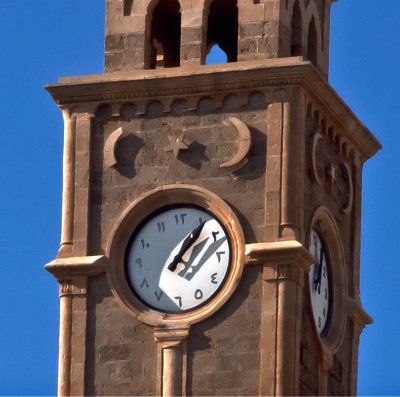
PC273068_clock |

PC273069_finjan |
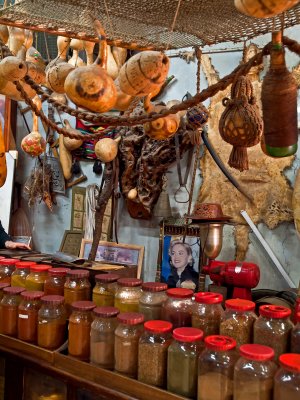
PC273070_spicejars |
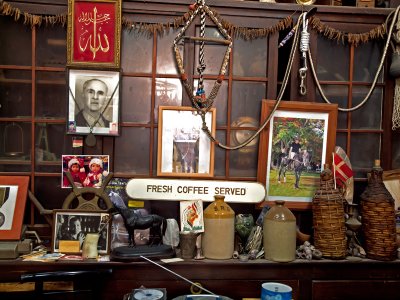
PC273071_spiceshop |

PC273072_spiceshop |

PC273073_spiceshop owner |
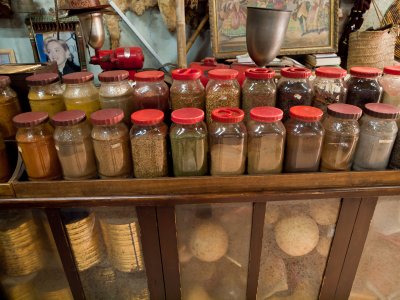
PC273074_spicejars |

PC273086_spice shop |
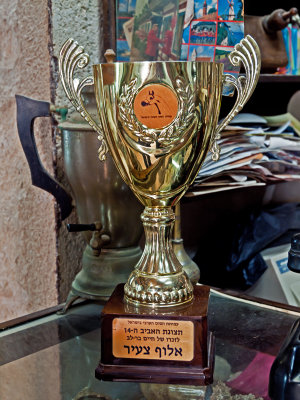
PC273076_trophy |
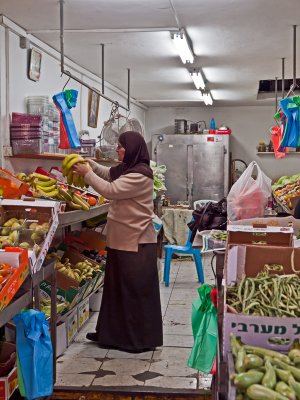
PC273078_shopper |

PC273079_fish cart |

PC273080_baklava |
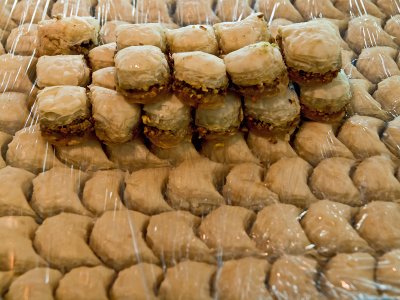
PC273081_crescents |

PC273082_baklava |
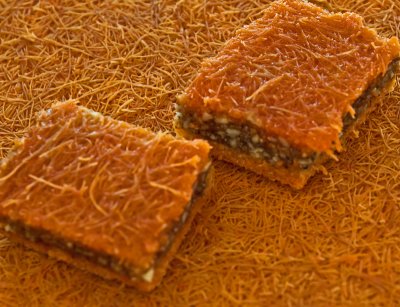
PC273083_baklava squares |
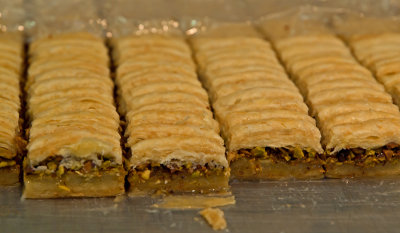
PC273084_baklava |
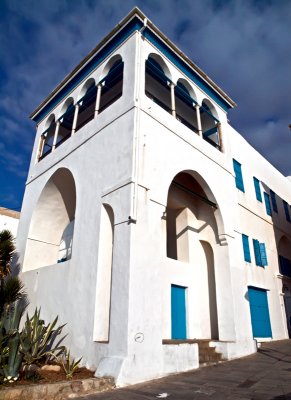
PC273090_bahaullah house |
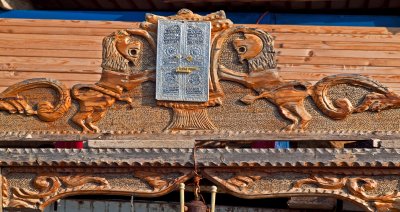
PC273099_doorway lions |
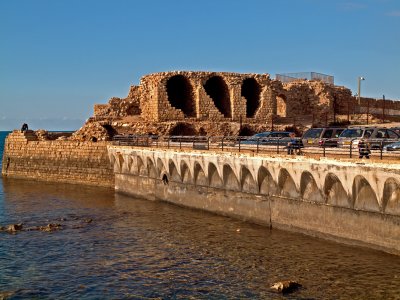
PC273100_akko german fortress |
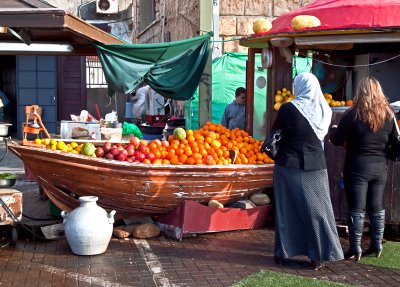
PC273101_akko fruitstand |
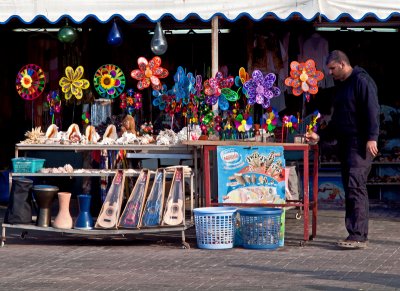
PC273102_pinwheel stand |
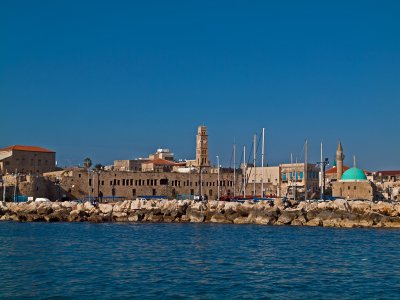
PC273048_akkofrom sea_8.jpg |

PC273045_pomegranite juice seller |

PC273042_wallandchurch_8.jpg |
click on thumbnails for full image











